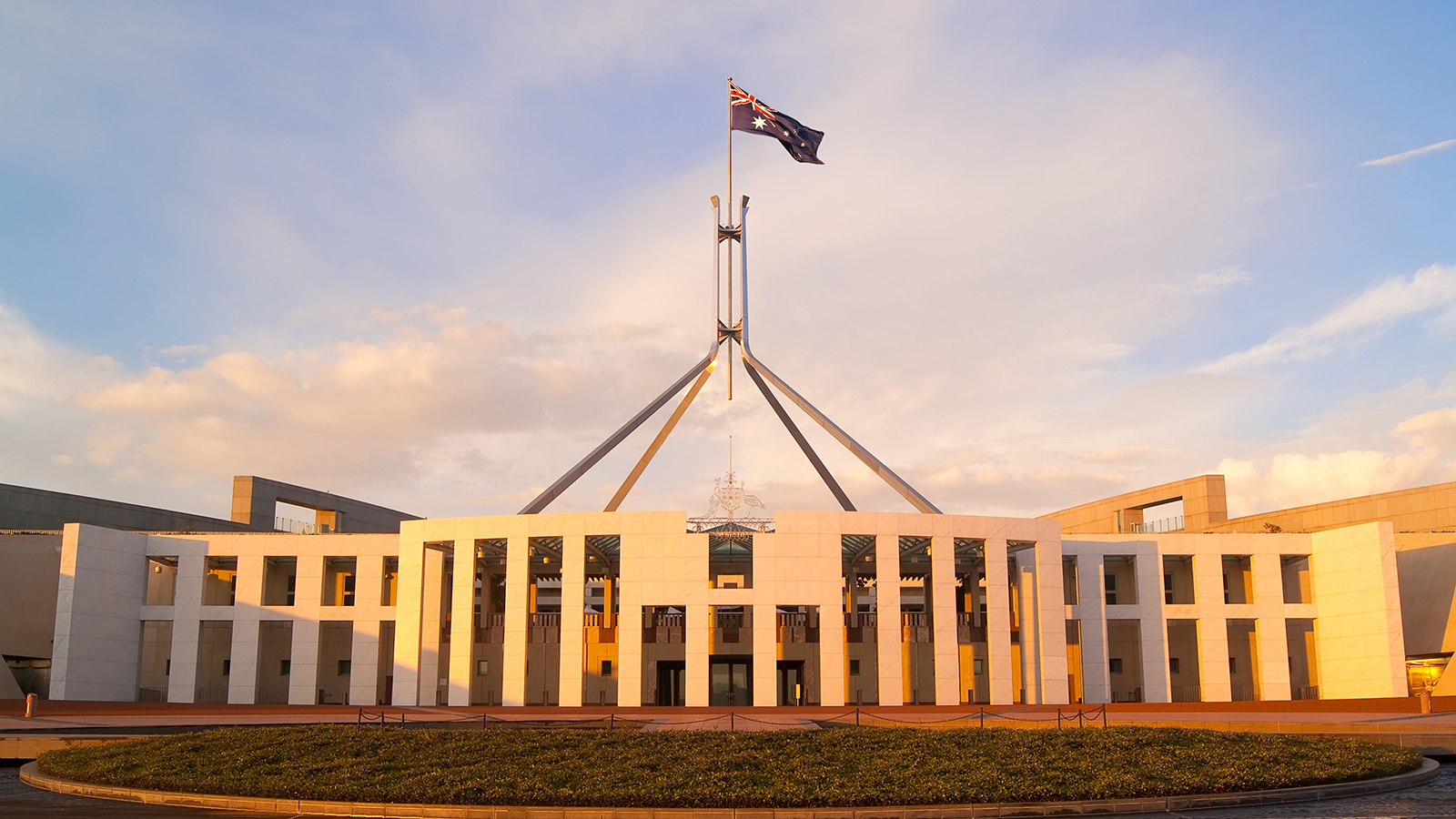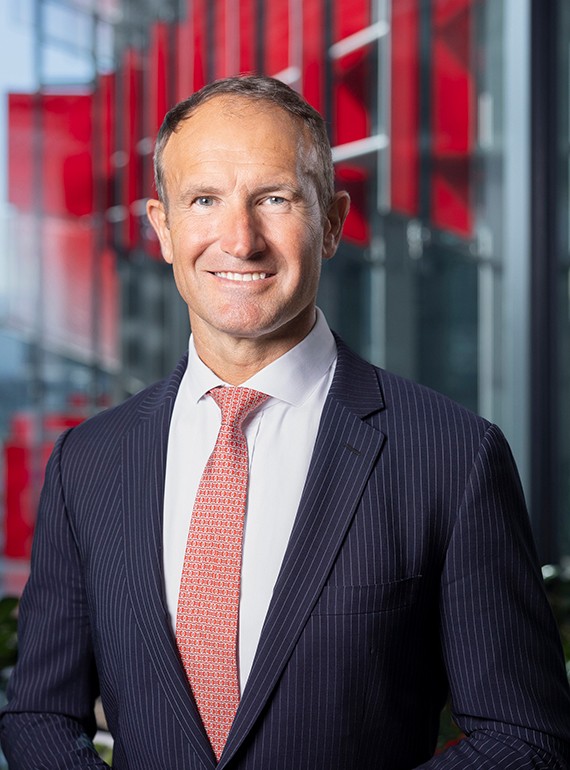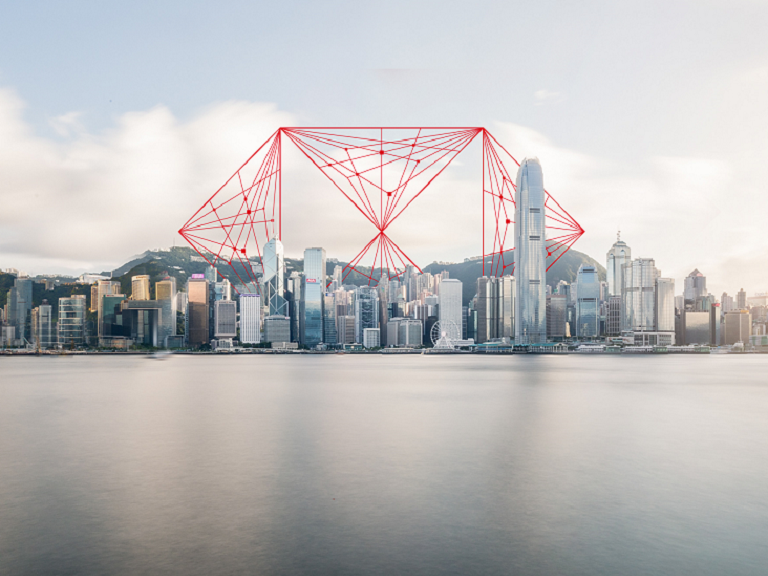
Indecision is Australia Inc’s biggest risk
Many Australian organisations are seeking opportunities to take the next step in their growth story. Inevitably, these companies will look to their neighbours in Southeast Asia, whose potential is enticing.
Australia’s proximity to – and warm relationships with – some of the world’s fastest-growing economies put it in the position to make a major outward push. With burgeoning capital firepower, this A$2.33 trillion engine is ready to move. The biggest risk for ‘Australia Inc.’ is indecision.
For decades many Australian companies could get by ignoring opportunities in the emerging markets next door, content with the trappings of a long-running commodity boom.

That status quo is changing. Australia has become a net exporter of capital since 2019, and diplomatic relations have re-warmed, in particular with China. By 2040, Southeast Asia as a bloc is likely to be the fourth-largest economy in the world, and our own research suggests more than two-thirds of Australian companies are looking to take advantage.
Three out of 10 Australians were born in other countries – many of them in developing Asia – and geographically, Australia is well positioned to export the best of itself to the region.
Digital gold rush
Already, other nations have made a move by deploying capital: foreign money is pouring into Indonesia’s nickel mines and electric vehicle industry; there is a gold rush under way in Southeast Asia’s digital economy; and nearly every country with a manufacturing sector stands to benefit from supply chain diversification.
Nor should the rest of Asia be neglected. China, the world’s second-largest economy, hosts the core of many Asian supply chains and will be a necessary partner in many trade and investment transactions.
To take advantage, both the Australian government and the private sector need to work in tandem. The Federal Government has already rolled out an A$95.4 million package to support trade with Southeast Asia and has now announced it will establish an A$2 billion fund to boost trade and two-way investment with the region.

HSBC Global Investment Summit
Our inaugural summit, which takes place at Hong Kong’s Conrad Hotel from 8-10 April, will bring together more than 2,000 delegates to discuss the global trends and topics shaping the present and the future.
That is a start, but the next step is to clear away policies that inhibit outward investment and competitiveness – taxation, for one – and to develop a workforce that’s better prepared to compete in overseas markets.
In terms of economic diplomacy, we should encourage more Asian integration, in particular through the lowering of trade and data barriers and eased migration and travel.
For its part, corporate Australia also has steps to take. It must take deliberate, urgent action, but should exercise this with care. Southeast Asia is unique and can present complexities.
It’s critical then for Australian companies to find a partner who understands the region and can help them successfully navigate its context.
Expansive presence
HSBC’s network in Southeast Asia already encompasses more than 20,000 SME, 10,000 corporate and 2.5 million retail clients, served from 200 locations across six leading ASEAN economies.
In Australia, we continue to invest in our capabilities, adding more expertise in areas like the new economy and sustainable finance, and digitising across trade and payments to help Australian firms gain a foothold in the region.
With more than 135 years of experience in Southeast Asia and an expansive presence on the ground, we’re able to help Australian companies overcome any indecision and take advantage of the ASEAN opportunity.